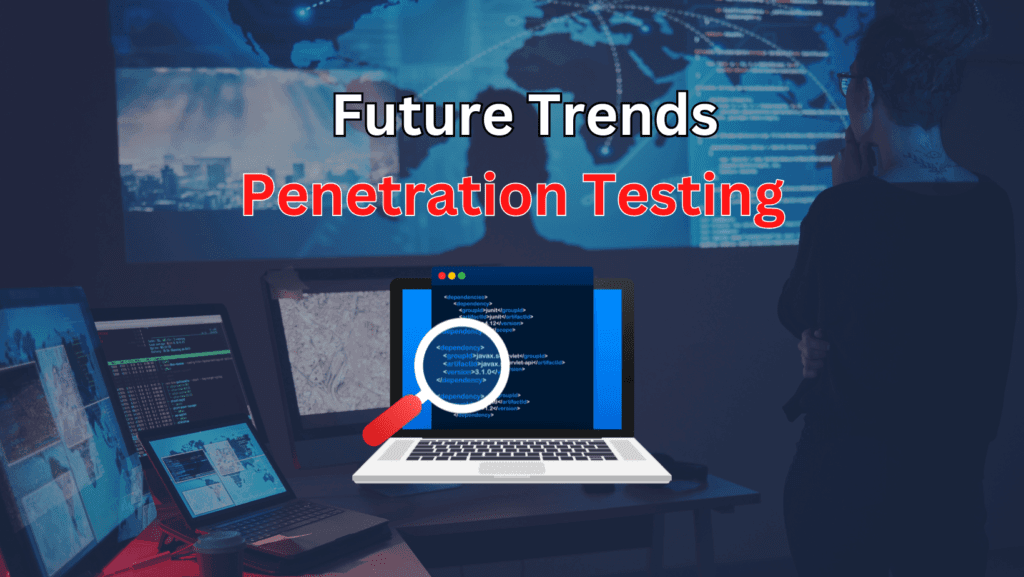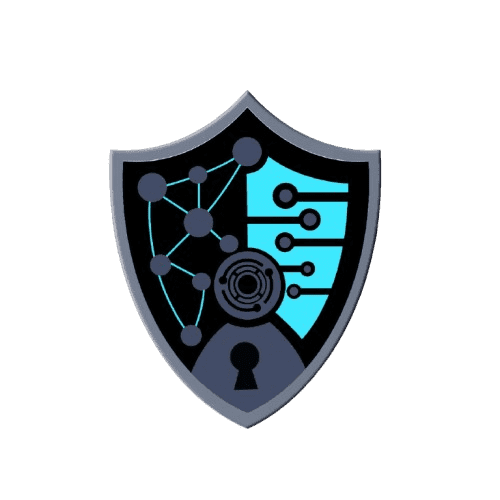Future Trends in Penetration Testing: Staying Ahead of Cyber Threats

As cyber threats evolve, so too must the strategies and tools used in penetration testing. With organizations increasingly recognizing the importance of proactive security measures, understanding the future trends in penetration testing is crucial for cybersecurity professionals. In this blog, we’ll explore the emerging trends in penetration testing, all while focusing on SEO strategies and relevant keywords to enhance your online presence.
Why Penetration Testing Matters
Penetration testing, or ethical hacking, simulates cyber attacks to identify vulnerabilities in systems, networks, and applications. As cybercriminals become more sophisticated, regular penetration testing is essential for:
- Identifying Vulnerabilities: Detecting weaknesses before they can be exploited.
- Enhancing Compliance: Meeting regulatory requirements through regular assessments.
- Building Trust: Demonstrating commitment to security can enhance customer trust.
Future Trends in Penetration Testing
1. Automation and AI Integration
Keywords: automated penetration testing, AI in cybersecurity, machine learning
The integration of automation and artificial intelligence (AI) in penetration testing is set to transform the field. Automated tools can streamline testing processes, reduce human error, and enhance efficiency.
SEO Benefit: Highlighting automation trends can attract traffic from organizations seeking innovative solutions for their security needs.
2. Continuous Penetration Testing
Keywords: continuous security testing, DevSecOps, agile penetration testing
With the rise of DevOps practices, continuous penetration testing will become more prevalent. This approach integrates security testing into the development pipeline, allowing organizations to identify vulnerabilities in real-time.
SEO Benefit: Focusing on continuous testing can position your blog as a thought leader in the DevSecOps space, attracting relevant audience segments.
3. Cloud Security Penetration Testing
Keywords: cloud security, cloud penetration testing, SaaS vulnerabilities
As more businesses migrate to the cloud, penetration testing will need to adapt to this environment. Cloud-specific vulnerabilities require tailored testing strategies to ensure robust security.
SEO Benefit: Emphasizing cloud security can capture the attention of businesses transitioning to cloud solutions, driving traffic to your blog.
4. IoT and Mobile Device Penetration Testing
Keywords: IoT security, mobile security testing, smart device vulnerabilities
The proliferation of Internet of Things (IoT) devices and mobile applications creates new attack vectors. Penetration testers will need to develop expertise in securing these devices and applications, focusing on their unique vulnerabilities.
SEO Benefit: Covering IoT and mobile security trends can attract a tech-savvy audience looking for insights into emerging security challenges.
5. Social Engineering Assessments
Keywords: social engineering, phishing testing, human factor in security
Cybersecurity is not solely about technology; it’s also about people. Future penetration testing will increasingly incorporate social engineering assessments to evaluate human vulnerabilities, such as susceptibility to phishing attacks.
SEO Benefit: Highlighting the importance of social engineering can resonate with organizations looking to improve their security culture.
6. Regulatory Compliance and Penetration Testing
Keywords: cybersecurity regulations, compliance testing, GDPR, HIPAA
As regulations like GDPR and HIPAA become more stringent, penetration testing will play a crucial role in ensuring compliance. Organizations will need to conduct regular tests to meet these requirements, making penetration testing a critical component of their security strategy.
SEO Benefit: Focusing on compliance-related keywords can help your blog attract traffic from industries heavily regulated by cybersecurity laws.
Implementing Future Trends
To stay ahead in penetration testing, cybersecurity professionals should:
- Invest in Training: Stay updated on the latest tools and methodologies through continuous education.
- Embrace New Technologies: Leverage AI and automation to enhance efficiency and effectiveness.
- Adapt to Changing Landscapes: Understand the unique challenges posed by cloud environments, IoT devices, and evolving regulatory frameworks.
Conclusion
The future of penetration testing is dynamic and rapidly evolving. By embracing automation, continuous testing, and a focus on emerging technologies, cybersecurity professionals can enhance their strategies and stay ahead of cyber threats. Understanding these trends not only improves security but also positions organizations for success in an increasingly digital landscape.
Keywords for SEO:
- Future of penetration testing
- Trends in ethical hacking
- Cybersecurity innovation
- Penetration testing tools
- Advanced penetration testing techniques
By focusing on these emerging trends, you can ensure your organization remains secure while positioning your blog as a go-to resource for the latest in penetration testing and cybersecurity. Stay vigilant, and happy testing!
